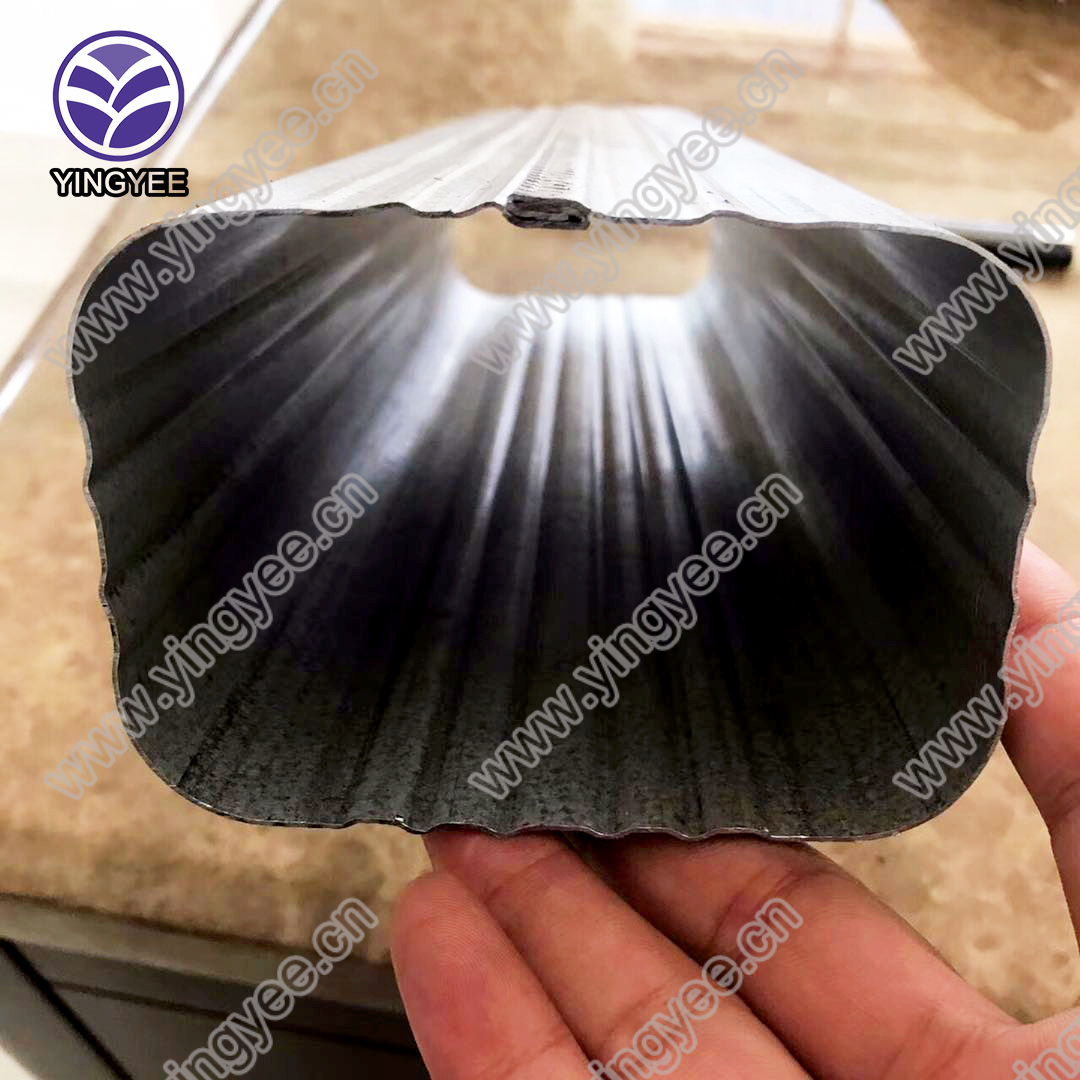
The Emerging Trends in Cable Tray Making Machines
In today's fast-paced industrial world, the demand for efficient electrical infrastructure continues to rise. One of the crucial components in managing and organizing electrical wires and cables is the cable tray. The development and advancement of cable tray making machines play a pivotal role in meeting this demand, as they ensure high-quality production of cable trays for various applications.
Understanding Cable Trays
Cable trays are essential in electrical installations, providing support, organization, and protection for electrical cables. They are utilized in commercial buildings, industrial facilities, and data centers to facilitate efficient cable management. The main types of cable trays include ladder trays, perforated trays, and solid-bottom trays, each serving specific purposes. As the need for reliable cable management systems grows, so does the importance of sophisticated cable tray making machines.
Technological Advancements in Manufacturing
The evolution of cable tray making machines has been significantly influenced by technological advancements. With the integration of automated processes, manufacturers can produce cable trays with precision and speed. Modern machines are equipped with Computer Numerical Control (CNC) technology, enabling them to execute complex designs and dimensions effectively. This capability not only enhances productivity but also reduces material waste, resulting in a more sustainable manufacturing process.
Versatility and Features
Contemporary cable tray making machines incorporate a variety of features that allow for versatile production capabilities. These machines typically include multiple tooling options, enabling them to produce different types of cable trays from a single setup. This versatility is beneficial for manufacturers that cater to diverse market needs, as it allows for quick adjustments in production lines.
Moreover, many modern machines come with features like automatic feeding systems, which streamline the fabrication process. By minimizing manual labor, these systems increase efficiency and reduce the likelihood of human error. Additionally, technologies such as laser cutting and robotic welding have become increasingly common in cable tray production, resulting in finished products with a high level of accuracy and durability.

Economic Benefits
Investing in advanced cable tray making machines offers substantial economic advantages for manufacturers. The initial cost of these machines can be offset by their operational efficiencies. Reduced labor costs, quicker production times, and decreased material waste contribute to a more favorable profit margin. Furthermore, as the construction and infrastructure sectors expand, the demand for durable and reliable cable trays will likely continue to grow, positioning manufacturers who invest in modern machinery to capitalize on market opportunities.
Industry Applications
Cable trays find applications across numerous industries, including construction, telecommunications, and energy sectors. As data centers and telecommunication networks expand, the requirement for robust cable management systems has surged. The ability to produce cable trays that can withstand varying environmental conditions makes these machines invaluable. Manufacturers can respond to industry-specific requirements for corrosion resistance, weight capacity, and aesthetic considerations, ensuring their products meet customer expectations.
Future Prospects
Looking ahead, the cable tray making machine industry is poised for continued growth. As industries evolve and adapt to new technologies, the demand for innovative cable management solutions will drive further advancements in manufacturing techniques. It is anticipated that we will see a rise in eco-friendly materials and energy-efficient production methods being integrated into the manufacturing processes.
Moreover, the global push towards sustainable infrastructure and “green” building initiatives will likely influence the design and manufacturing of cable trays in the future. As a result, manufacturers may gravitate towards machines that facilitate the use of recyclable materials and energy-efficient production processes.
Conclusion
The cable tray making machine has become an essential asset in the electrical infrastructure domain. With technological advancements, economic benefits, and diverse applications, these machines play a crucial role in shaping the industry's future. As the demand for efficient cable management solutions continues to rise, manufacturers who adopt modern cable tray making technologies are well-positioned to thrive in an increasingly competitive market. The journey of innovation within this machinery sector will undoubtedly pave the way for enhanced production capabilities and sustainable practices in the years to come.